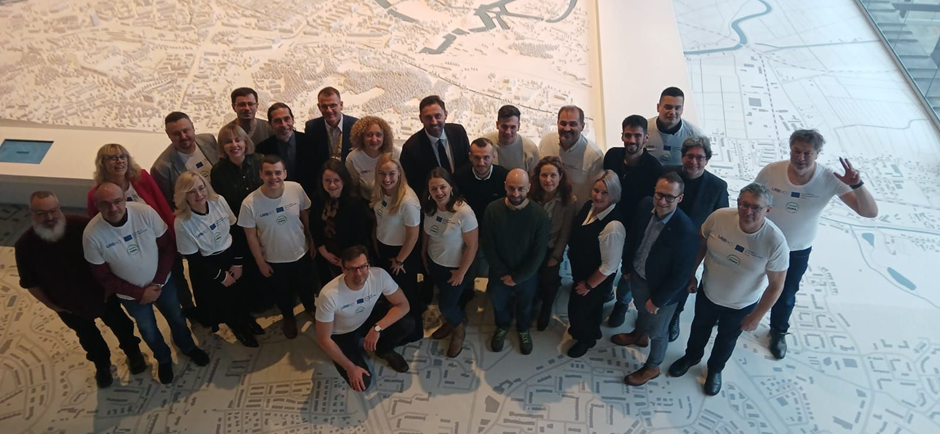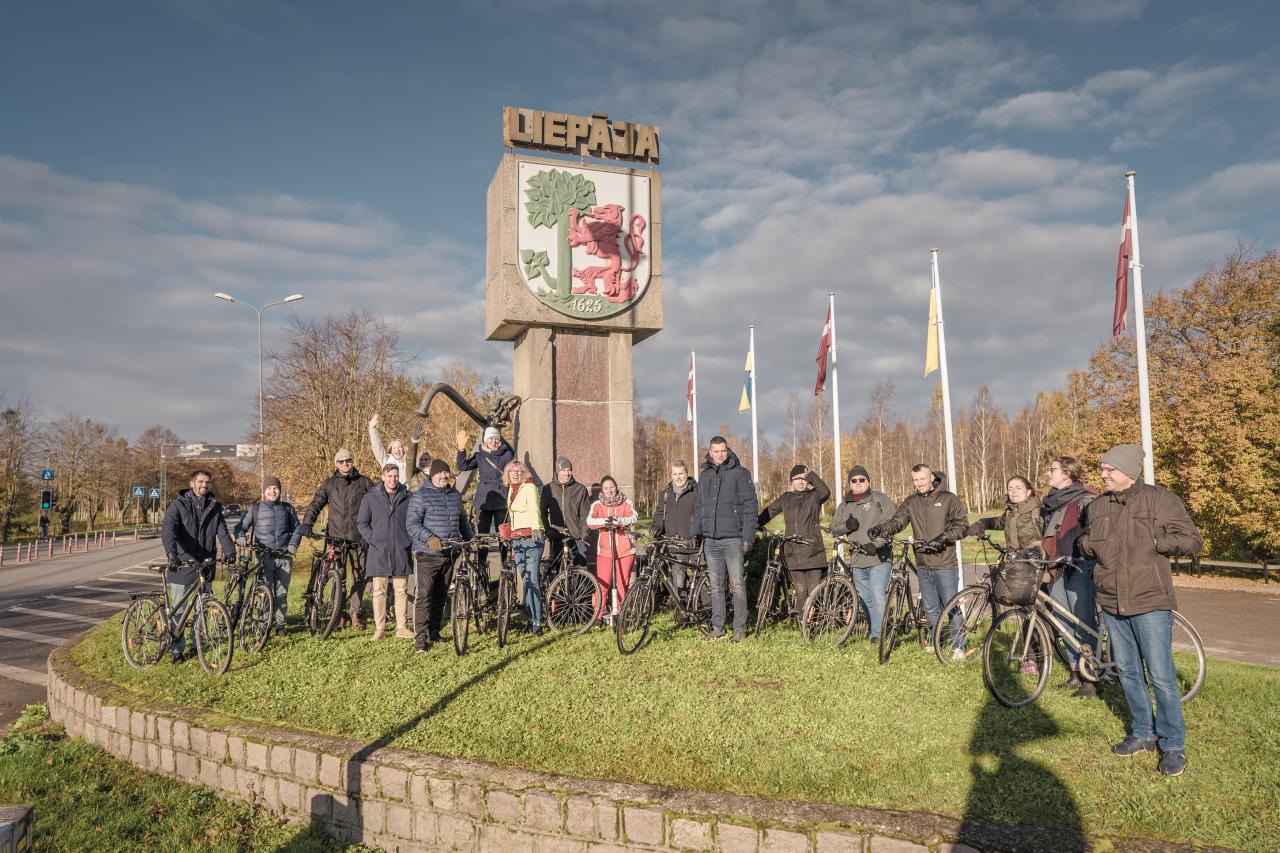A year of progress: strong foundations, but challenges ahead
Looking at the past, there’s no doubt that partners have made significant strides in developing their Integrated Action Plans. Many cities have successfully completed their situation assessments and vision-setting - essential steps in shaping the mobility strategies that will define their future. The commitment is clear, and despite differences in scale and local context, most partners are aligned in their goal of making urban transport greener, more efficient, and more people-friendly.
However, not everything has moved at the same pace. While the foundations are strong, moving from planning to action has been more challenging. Cities are finding that defining clear objectives, securing stakeholder buy-in, and ensuring political alignment take more time than expected. Some partners have been able to push ahead, while others face delays due to resource limitations, conflicting priorities, or the need for deeper stakeholder engagement. Time constraints remain one of the biggest barriers, with many partners juggling multiple projects and struggling to dedicate enough capacity to their IAPs.
There’s also the question of scale. While smaller interventions - like mobility pilots - have been easier to implement, cities now need to think about long-term strategies that will truly reshape urban mobility. That’s where the next phase of the project will be crucial.
From testing to implementation: what’s working on the ground?
One of the most exciting aspects of PUMA has been the real-world testing of mobility solutions. Cities have had the chance to pilot initiatives, gather feedback, and assess how different ideas work in practice. These experiments are more than just small-scale trials. They provide crucial insights into what’s feasible and what needs further refinement.
In Viladecans (ES) and Dienvidkurzeme (LV), the introduction of a School Bike Bus has been a major success. The concept is simple yet effective - a coordinated cycling route that, just like a school bus, picks up children along the way and ensures they arrive safely at school. The idea promotes both active mobility and environmental awareness, and the initial response from families and students has been overwhelmingly positive.
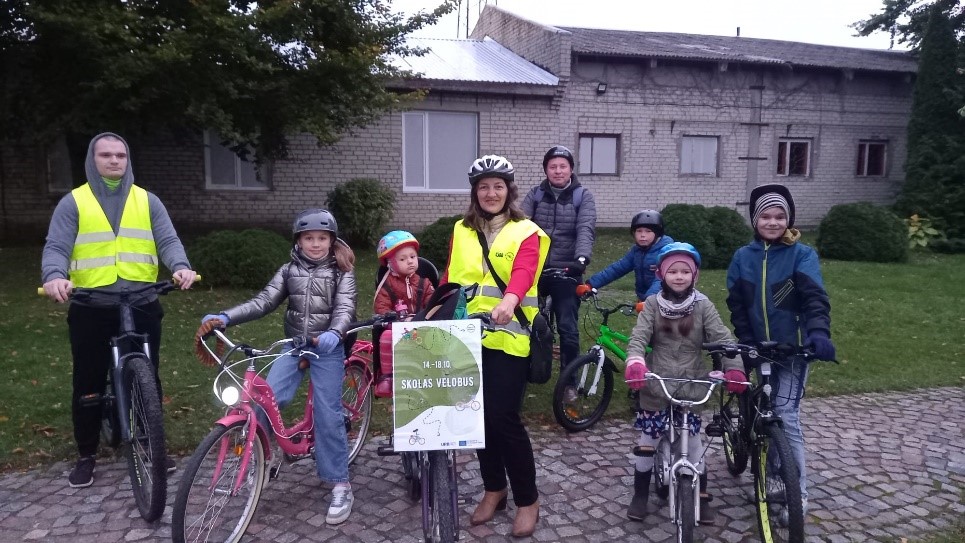
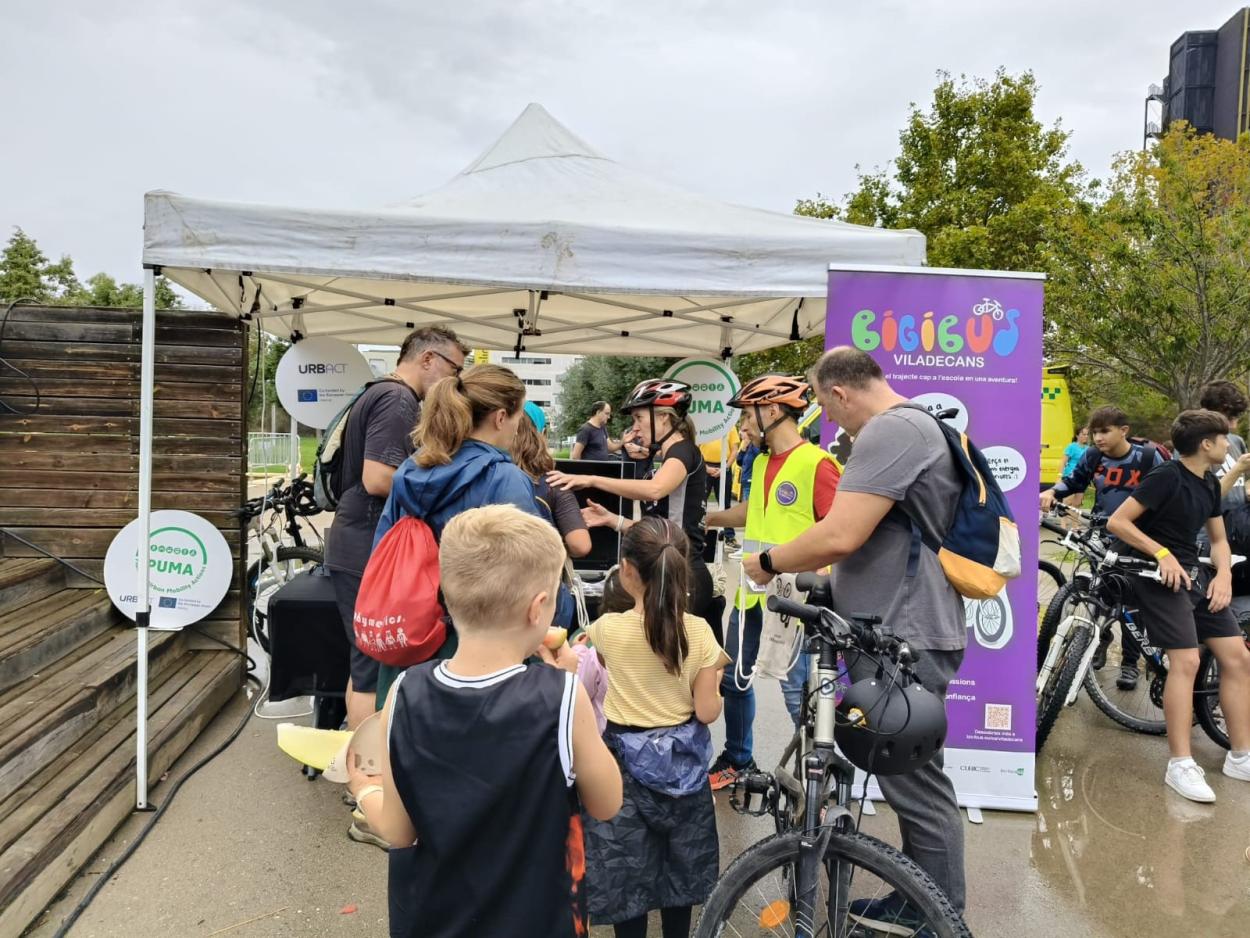
Meanwhile, Gdansk (PL) has focused on data collection, conducting extensive counts of pedestrians, cyclists, and e-scooter users at key intersections. Understanding mobility patterns is essential for shaping future policies, and these data-driven insights will help inform more sustainable urban planning decisions.
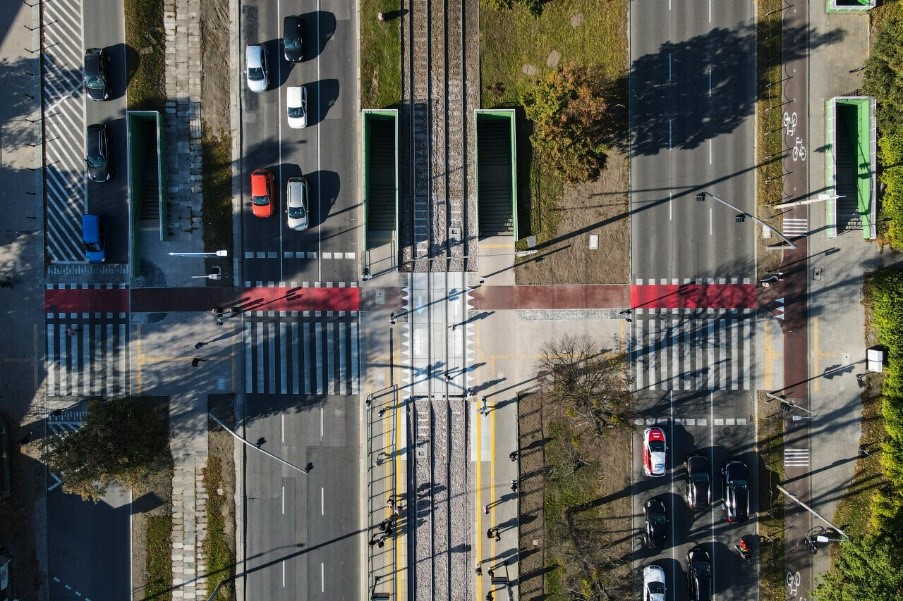
In Cento, a public transport help-desk has been set up to support students and migrants in navigating the local transport system - to get support to subscribe pass for public transport or to get information about public transport time tables etc. The service has already assisted hundreds of users, making public transport more accessible to groups that often struggle with mobility challenges.
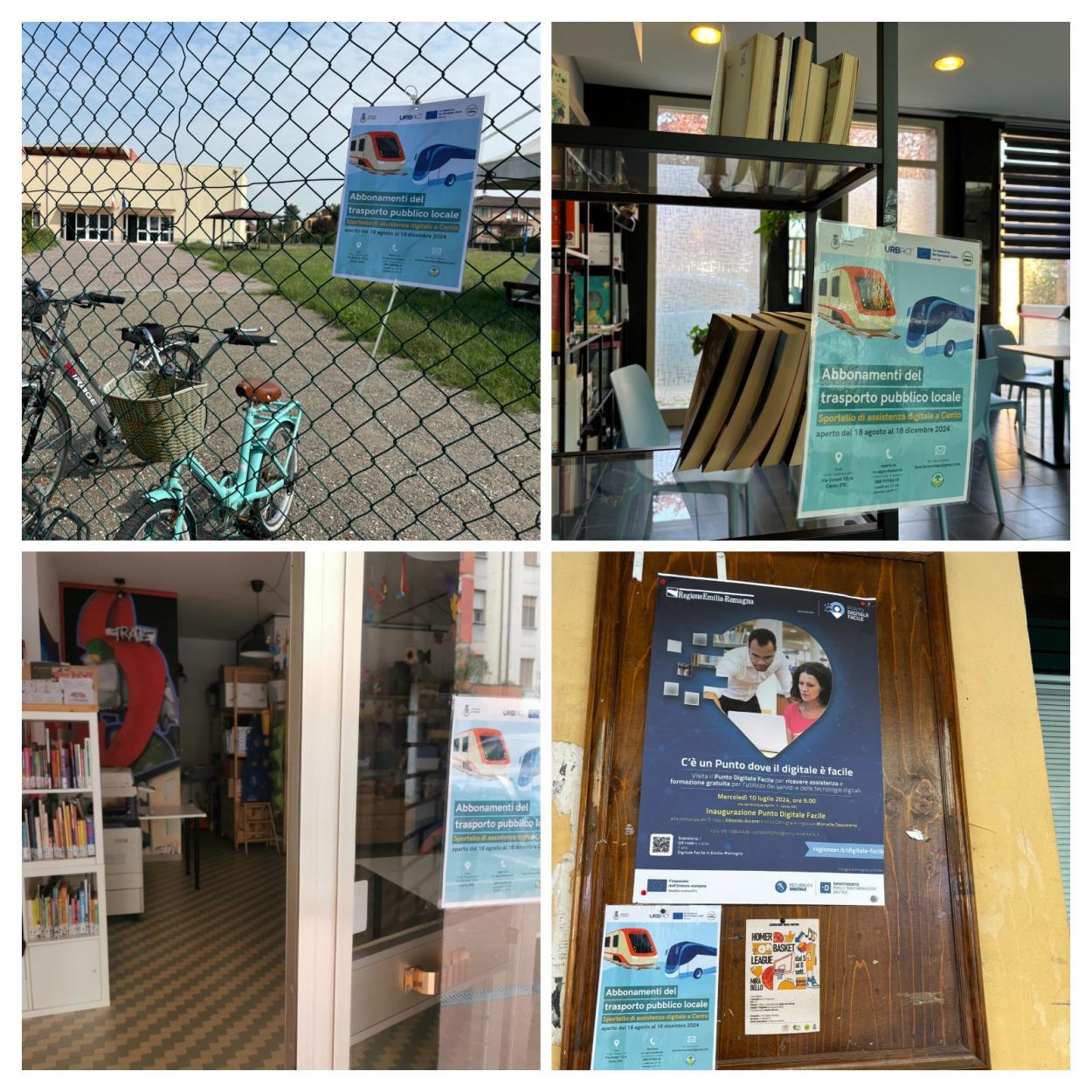
These examples highlight the variety of approaches cities are taking - some focus on changing behaviours, while others invest in better infrastructure or improved data collection. But one common issue remains: scaling up successful initiatives. While local pilots provide valuable lessons, turning them into city-wide, long-term solutions requires more investment, policy integration, and political will.
The role of URBACT Local Groups: engagement vs. reality
At the heart of PUMA’s collaborative approach are Urban Local Groups, which bring together policymakers, businesses, transport operators, and residents to co-create mobility strategies. These groups are essential because they bridge the gap between planning and implementation, ensuring that proposed solutions are not only technically sound but also aligned with real community needs.
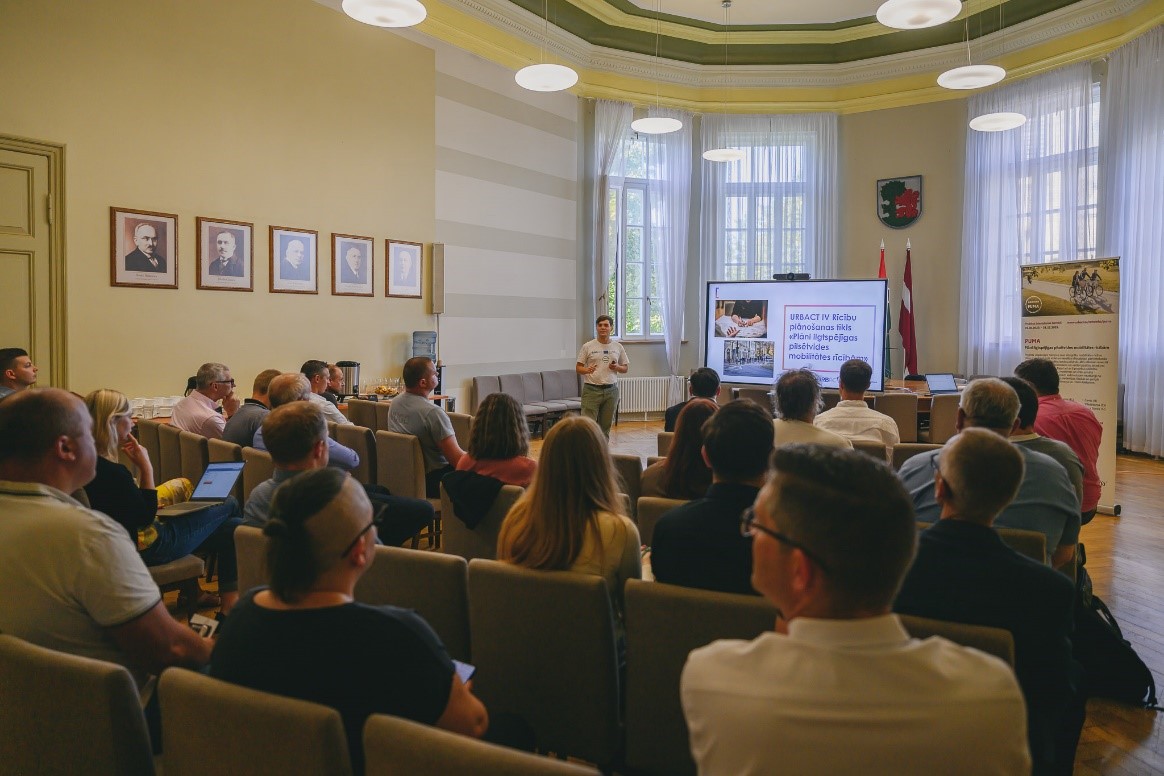
Over the past year, ULGs have played a crucial role in refining IAPs and fostering local dialogue. Many partners report that engagement is growing - more stakeholders are getting involved, discussions are becoming more structured, and there is a genuine commitment to collaboration.
But ULGs are not without challenges. One of the most common issues is conflicting priorities. While everyone agrees that better mobility is needed, stakeholders often have different perspectives on what "better" actually means. Some prioritize road safety, while others push for cycling infrastructure or better public transport. Finding common ground takes time, and in some cities, this has caused delays in finalizing actions.
Another issue is resource availability. Many ULG members participate voluntarily or as part of their other professional roles, meaning that time constraints are a recurring problem. Without dedicated funding or structured facilitation, some ULGs struggle to maintain momentum. Moving forward, there is a clear need for stronger expert facilitation, additional funding for engagement activities, and more structured decision-making processes to ensure that ULGs remain effective.
Main Outcomes: What has PUMA achieved so far?
After a full year of collaboration, planning, and testing, the PUMA project has already delivered tangible results. Here are some of the most significant outcomes:
77.8% of partners report being on schedule with their Integrated Action Plans, showing steady progress.
Multiple mobility pilots have been launched, from bike-sharing initiatives to real-time transport data collection, influencing local decision-making.
Key mobility insights have been gathered, helping cities make data-driven decisions.
Stronger stakeholder engagement - ULGs are growing, and more local actors are involved in shaping mobility strategies.
Partners have identified funding gaps and needs, creating a clearer roadmap for securing long-term investment.
The project is not just about planning - it’s about action. The next phase will be about building on these results, ensuring that successful pilots can be expanded and IAPs can transition from strategy to implementation.
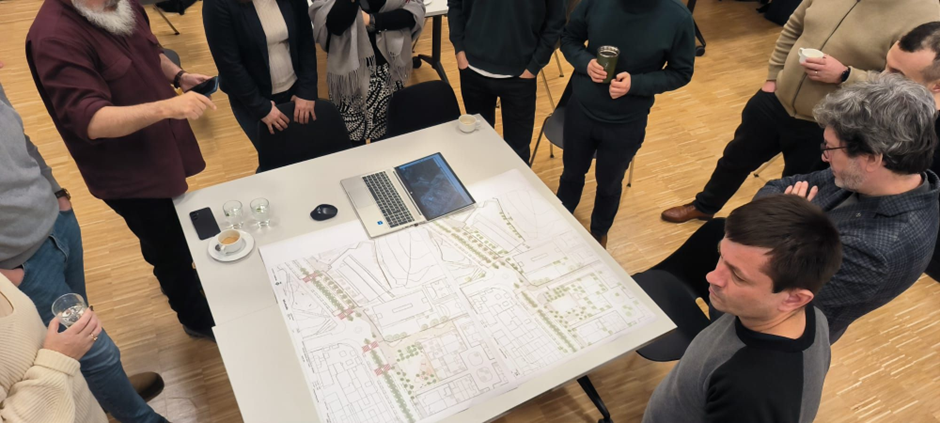
Looking ahead: the next chapter for PUMA
As we move into the next phase, the focus is shifting from planning to implementation. The groundwork has been laid, but now it’s time to ensure that Integrated Action Plans turn into real, measurable outcomes.
Over the next year, PUMA will host a series of thematic webinars covering key topics such as funding strategies, road safety, and public transport development. These sessions will provide practical knowledge and help cities address some of their biggest challenges.
There will also be study visits to cities that are leading the way in sustainable mobility, allowing partners to learn from best practices and apply new insights to their own contexts.
And finally, there is a renewed focus on strengthening the PUMA network itself - building stronger collaborations, enhancing knowledge-sharing, and ensuring that every partner has the support they need to move forward.
One year in, it’s clear that PUMA is making an impact. The next challenge is ensuring that the momentum continues and that the work done so far translates into lasting, sustainable change for urban mobility across European small and medium cities!
PUMA is moving forward - let’s make the next year count!
